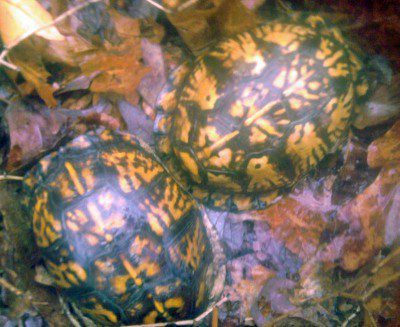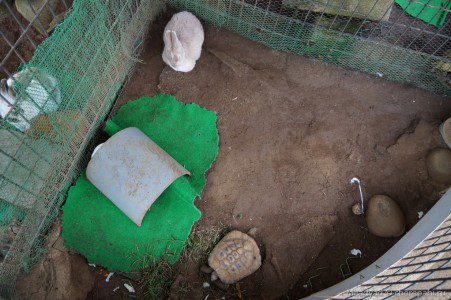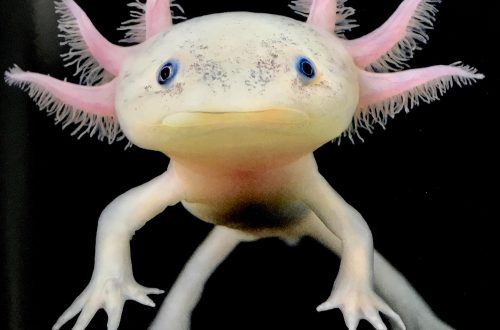
Neighbors of turtles in the terrarium

OTHER TURTLES
Turtles are solitary animals. They do not need company like birds or rodents, in a terrarium they live quietly alone and do not suffer from boredom (hosts suffer from boredom). In nature, they gather in groups either for food or for fights and showdown among themselves, so getting neighbors for your pets is not the best option (if you still decide, then be prepared for a large terrarium and possible problems, up to the need to seat individuals for permanent residence). The best company for non-aggressive turtles is other non-aggressive turtles of the same size and species. It is not recommended to keep different species in one terrarium, because. another species may have specific diseases with which this species somehow gets along, and for another species they may be fatal. In addition, often different types of tortoises live in different habitats and require different temperatures and humidity. It is possible to keep Central Asian and Mediterranean tortoises together if there is nowhere to sit, but if possible it is better not to do this. Definitely not worth keeping together forest (shabuti, red-legged) and steppe or desert tortoise (Central Asian, Egyptian). It is better not to add any animals to exotic species of turtles at all, including turtles of other species, as they can be carriers of dangerous diseases or parasites.

OTHER REPTILES, AMPHIBIANS
 You can not keep turtles with frogs, toads, newts, salamanders, clams, snails, lizards, chameleons, snakes and crocodiles. Most of these terrarium species require different levels of humidity, soils and types of terrariums. Some of them can be eaten, and some can cause the death of turtles. It is possible to keep turtles together with some species of lizards, from the same climatic zones, with large areas of the terrarium, and various places for heating and feeding reptiles. At the same time, both the turtle and the lizard should be able to protect themselves from their neighbor. However, this is more likely to apply to non-Central Asian tortoises, tk. Central Asians are a species with an overestimated level of gastronomic curiosity, that is, a lizard (any) risks being left without a tail or finger at best, and at worst without paws at all. Moreover, this may not happen immediately, but even after weeks or months of their peaceful coexistence.
You can not keep turtles with frogs, toads, newts, salamanders, clams, snails, lizards, chameleons, snakes and crocodiles. Most of these terrarium species require different levels of humidity, soils and types of terrariums. Some of them can be eaten, and some can cause the death of turtles. It is possible to keep turtles together with some species of lizards, from the same climatic zones, with large areas of the terrarium, and various places for heating and feeding reptiles. At the same time, both the turtle and the lizard should be able to protect themselves from their neighbor. However, this is more likely to apply to non-Central Asian tortoises, tk. Central Asians are a species with an overestimated level of gastronomic curiosity, that is, a lizard (any) risks being left without a tail or finger at best, and at worst without paws at all. Moreover, this may not happen immediately, but even after weeks or months of their peaceful coexistence.
It is possible to keep large tropical tortoises with iguanas in a large vertical terrarium, with sufficient space.
It is possible to keep Egyptian tortoises along with spiketails. It is important to choose the right soil. Clay bottom and a layer of sand will do.
Turtle secretions can be deadly to snakes (from Wilke’s “Turtles”).
In any case, do not set yourself the goal of putting two different representatives of the fauna into one terrarium. If you want to keep someone other than turtles, then the best solution is to buy a separate terrarium, furnish and equip it according to the requirements of the reptile you want, and admire it without worrying about how long it can live safely with the turtle. One way or another, animals are stressed when they are in the same territory, they can refuse to eat for a long time, and cases of successful living together are extremely rare (note: the author of this text had such rare exceptions, and they only confirm the rule).
PLANTS
Land tortoises are not averse to eating plants, so it’s worth isolating the plants from the turtles with a wall or height difference if you’re using the plants as decorations rather than food. Artificial plants, if located within the reach of turtles, can also be bitten by them, and then the turtle can get serious problems with the gastrointestinal tract. Be careful when placing artificial plants in a terrarium.
- Video:
© 2005 — 2022 Turtles.ru





